Tooth abscess
The collection of pus from an infectious tooth forms a pocket of pus this is known as a Tooth Abscess. It can be caused by any dental infection. It can spread to other parts of the body and create serious complications or become chronic, where the infection can last for months or even years. Periapical abscess, Gingival abscess & Periodontal abscess are a common dental abscess.
What is Tooth abscess?
An abscess is a pocket of pus that accumulates when a bacterial infection breaks down tissue & this pus containing dead white blood cells & microbes with tissue debris and serum. The resulting build-up of pus is usually very painful. They are a natural defence mechanism, the aim being to block the infection from reaching other areas. The resulting build-up of pus forms a pocket of pus this is known as a Tooth Abscess.
What is the common cause of Tooth infection?
- Dental caries or Tooth decay- CLICK HERE to know this in details
- Gingivitis & Periodontitis- CLICK HERE to know this in details
- People with poor oral hygiene & health are more susceptible to any oral infection & dental abscesses due to an increased build-up of plaque & Calculus.
- Impacted tooth- CLICK HERE to know this in details
- Loss of tooth structure because of
- Trauma & fracture
- Compromised tooth restoration & root canal treatment
- Complications from dental surgery such as implants & extractions
- Impaction of food & infection with foreign particles
Types of tooth abscess: The most common type of a dental abscess is a periapical abscess (also known as a tooth-related abscess), and the second most common is a periodontal abscess & gum abscess.
- Periapical abscess: The periapical abscess is generally caused by an infection inside the tooth. Dental caries, tooth attrition, abrasion, erosion, trauma & fracture causes loss of tooth structure forms a passage for a Bacteria to go inside the enamel and dentin to reach the pulp (or the tooth’s nerve). If the pulp infection is not properly treated, it can spread through the root canal from the pulp to the periapical tissue, which is located around the apex of the tooth’s root, causes infection to periapical tissue & later Periapical abscess.
- Gum abscess & periodontal abscess: The gum abscess & periodontal abscess is caused by an infection in the space between the tooth and gum. The infection may occur after food gets trapped between the gum and tooth or for infection with any foreign particles.
People with poor oral hygiene or gum disease have a higher risk of developing such an abscess because a large number of bacteria can build up under the gum and in the bone.
Signs and symptoms :
Most abscesses are painful but this is not always. In some cases, abscesses may be painless (or cause little pain) but still have a swelling present on the gum or jaw.
- An intense, throbbing pain in the affected tooth or gum that may come on suddenly or continuous pain. It can be severe.
- Pain can spreads to the ear, jaw, face, and neck on the side of the affected tooth
- Swelling & reddening of the gums or face
- Tenderness of tooth- pain of tooth on pressure or chewing or biting
- Tenderness & warmness on a touch of an affected side can be seen.
- In some cases, you may find it hard to fully open your mouth and may have difficulty swallowing
- Disturbance on posture -when lying down, which may disturb your sleep
- A foul, bitter taste in the mouth from draining pus, salty pus fluid in your mouth and pain relief if the abscess ruptures
- bad breath
- Tender, swollen lymph nodes under your jaw or in your neck
- Fever may come
Diagnosis:
Clinical examination- It helps for initial & preliminary diagnosis for a Dentist.
Investigation X-ray: IOPAR, OPG, Lateral oblique view, an Occlusal radiograph taken according to a condition. X-ray helps to know the source & spared of the infection.
Prevention:
- Brush twice daily with proper technique & proper toothpaste, toothbrush, maintain oral hygiene.
- Rinse water after every food, sometimes use Chlorhexidine mouthwash & use Dental Floss, you can massage gum with your finger
- Also be sure to schedule regular dentist visits for plaque and tartar removal & check-up. Every 6-month visit Dentist for scaling treatment, for prevention of gum problem.
- If caries or any loss of tooth structure is seen, get the proper treatment don’t neglect it.
- Fluoride toothpaste or tropical fluoride can be used on dentist advice.
- Eat healthy food, limiting sugary items and between-meal snacks
- Chewing habit of hard & fibrous food is a good habit; don’t take always soft or liquid food.
- Avoid Tobacco & betel nut
Risk factor:
- Poor Oral hygiene & health conditions
- Tobacco & betel nut
- A family history of gum disease
- Malocclusion & Traumatic Occlusion
- Diabetes
- Age – Gum disease becomes more common in older people
- Weakened immune system – HIV and AIDS or certain, Malignancy.
- Chemotherapy & Radiotherapy
- Malnutrition & Vitamins deficiency
Treatment of Tooth abscess:
It is important to get anything with any symptoms visit any dental professional to get proper treatment & avoid any complications.
What can you do to relieve your symptoms temporary?
- While waiting to visit a dentist, painkillers can help control your pain may help in relieving your symptoms. In general, as a painkiller proper dose of Paracetamol can be the safest medicine or sometimes Ibuprofen can give you temporary relief. With this proper antibiotic dose is needed. Don’t take any medicine for a long time. Painkillers can help control your pain & antibiotic can help to control the infection, but some patients are unable to take it for medical reasons.
- Rinse with warm salted water daily 4-5times in a day, use 1/3 teaspoon of salt in a glass of water. Sometimes use Chlorhexidine mouthwash or use Betadine mouthwash with water.
- Don’t apply heat from outside to the affected area.
- Avoid hot or cold food and drink as they will make the pain worse. Try to eat cool, soft foods.
- Try to avoid biting food to the affected side for a few days.
- Use a soft toothbrush and temporarily avoid flossing around the affected tooth.
What the dentist will do?
The treatment is relieving the symptoms and reducing the risk of further spread of the infection. The dentist will diagnose properly then he/she will prescribe the proper Painkiller & Antibiotics. Painkillers can help control your pain & inflammation, and antibiotic can help to control the infection. If there is an abscess, then abscess drainage is very important after making an incision.
Depending on the location of the abscess and severity of the infection, there are two possible treatment approaches:
- Root canal treatment (RCT)- CLICK HERE TO KNOW IN DETAILS
- Extraction- If a condition is very poor & the tooth cannot be restored an extraction is performed followed by curettage of socket & apical soft tissue.
Treatment of Gum abscess:
In most cases, gum or a periodontal abscess occurs in people with a poor oral health condition, Gingivitis & periodontitis. Draining the abscess can help to reduce the immediate problem. However, the periodontal disease needs to be treated with medicine, proper oral prophylaxis & periodontal therapy.
Written by: Dr. Anuran Ghosh Mondal
Mob: +91 9432580313
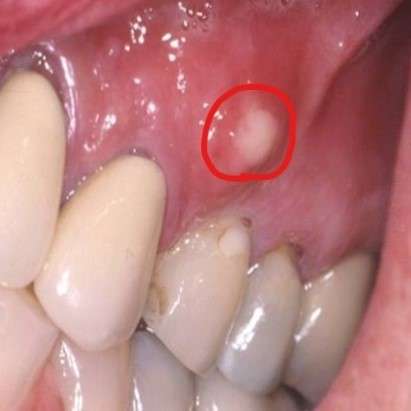
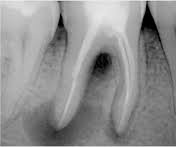
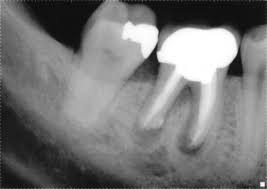
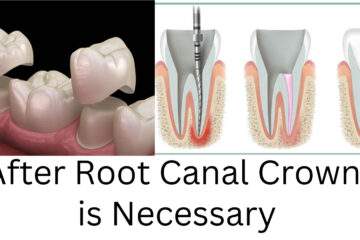
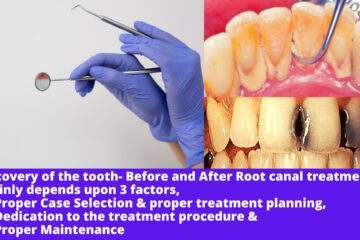
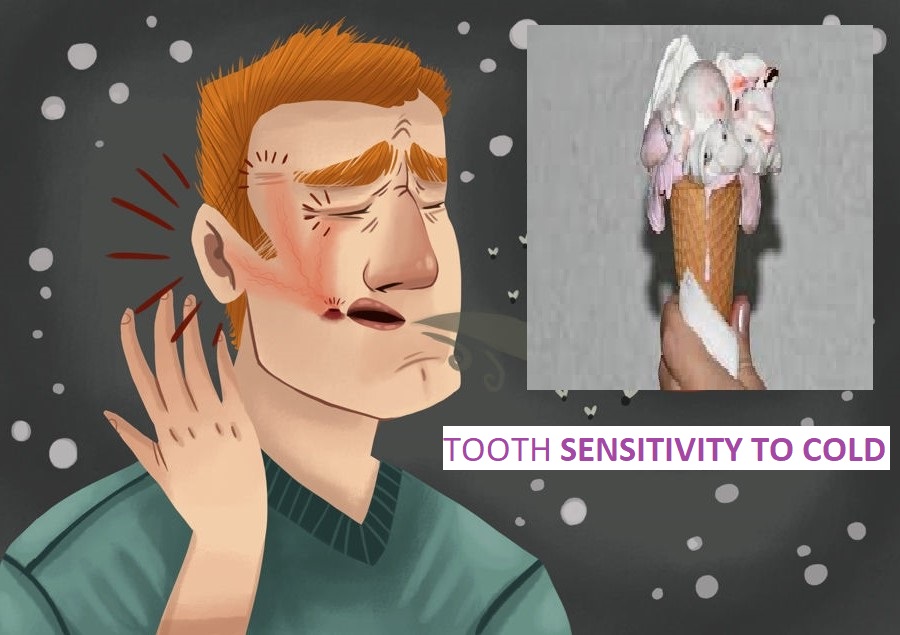
0 Comments